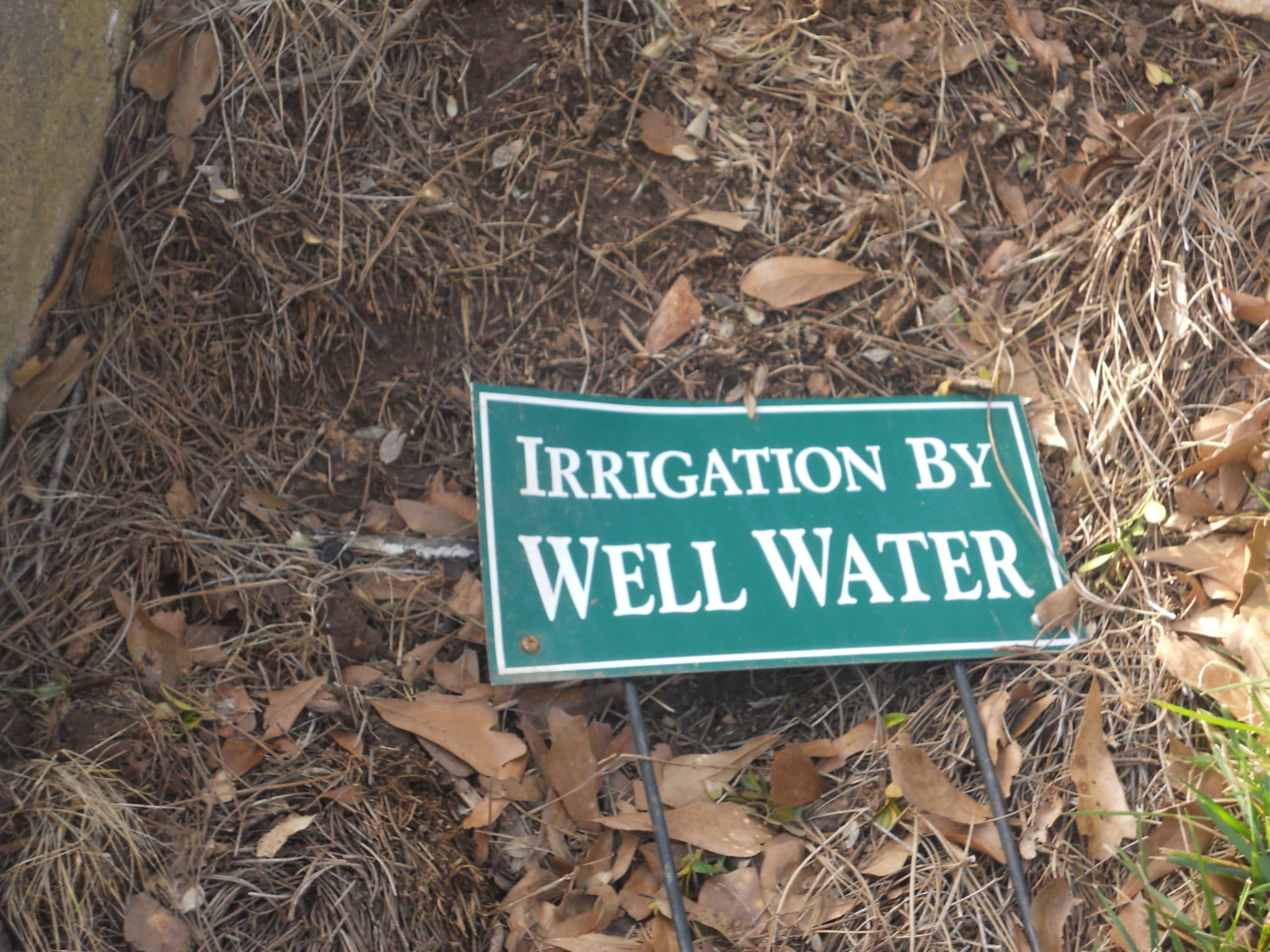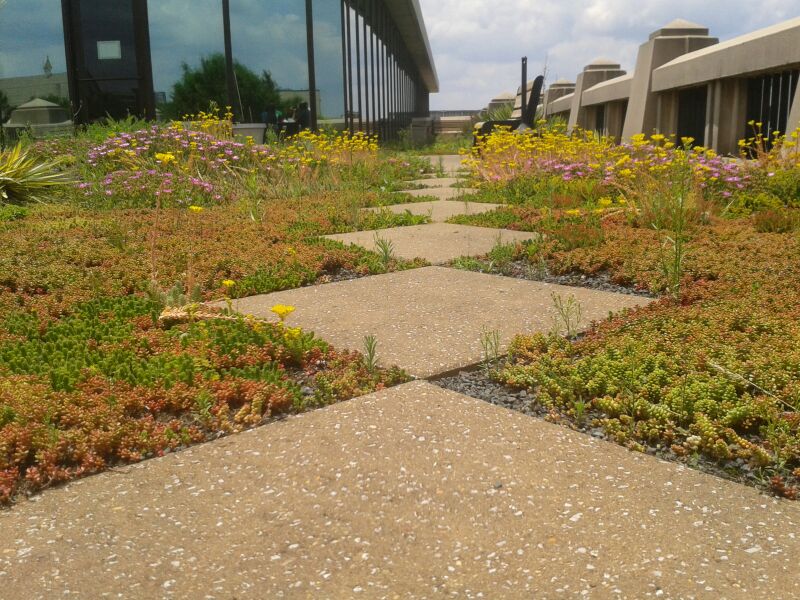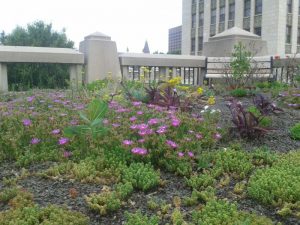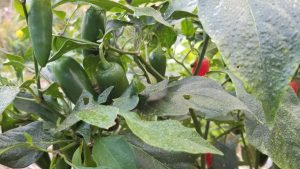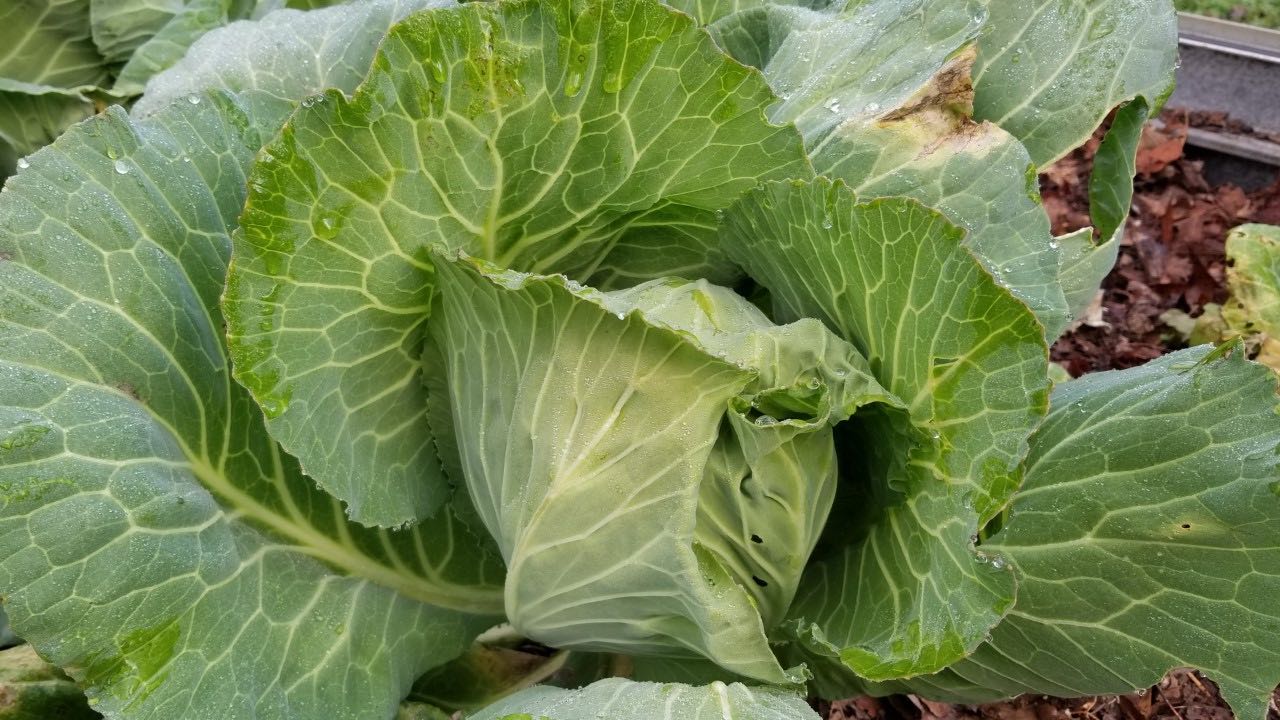I hope everyone enjoyed a wonderful thanksgiving! Today we resume our series “tiny topics.” Our next tiny topic is watering. How we water our plants can make a huge difference in our plant health. There are three things every gardener needs to know about watering:
#1 Avoid watering overhead if possible. Many of our plant disease-causing pathogens thrive in wet conditions. By wetting the leaves and plant blossoms we are creating an ideal environment for the spread of disease. Most community gardeners do not have drip irrigation systems that add water at the soil line and that is okay. Just be mindful when you are watering to focus the water on the soil line and not the plant leaves.
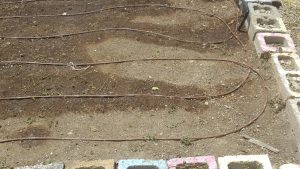
#2 The best time to water is in the early morning. This allows the plant leaves to dry off as the sun comes up. Again, water spreads disease! For most community gardeners this is not possible. Many gardeners head to the garden in the evening after work. Just knowing that you don’t want plants going through the night with wet leaves will help you be a better waterer.
#3 Don’t work in the garden while it is wet. There is no better way to spread disease then by working in a wet garden. Not only is spreading disease a problem but walking on wet soil can create soil compaction.
You may have heard these best management practices before today. But hopefully by knowing why these practices are important will allow you to modify your habits and your garden will thank you!
Happy Gardening (Watering)!
